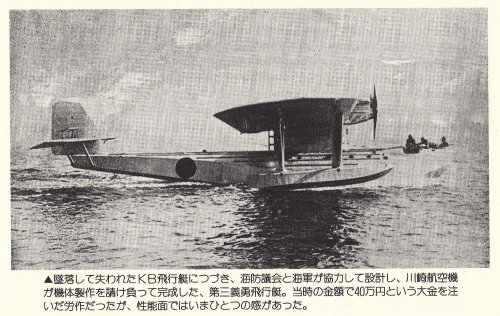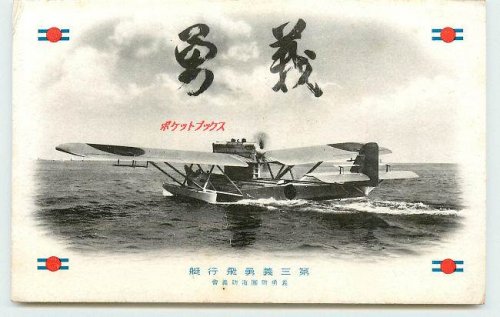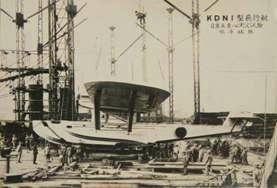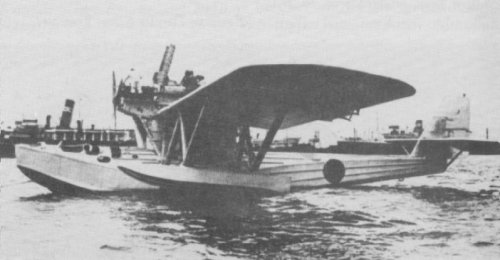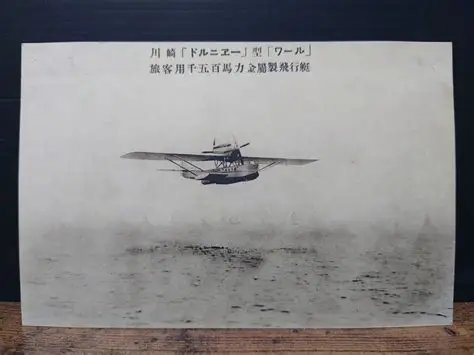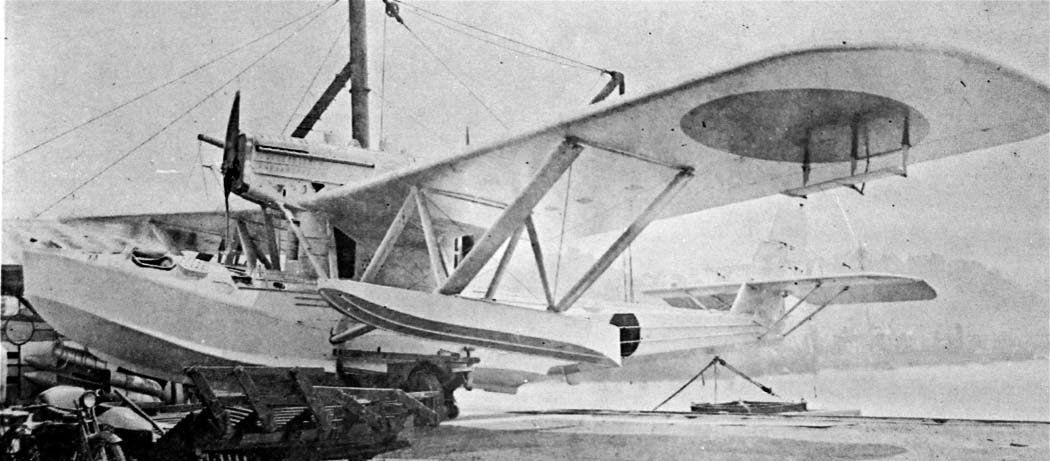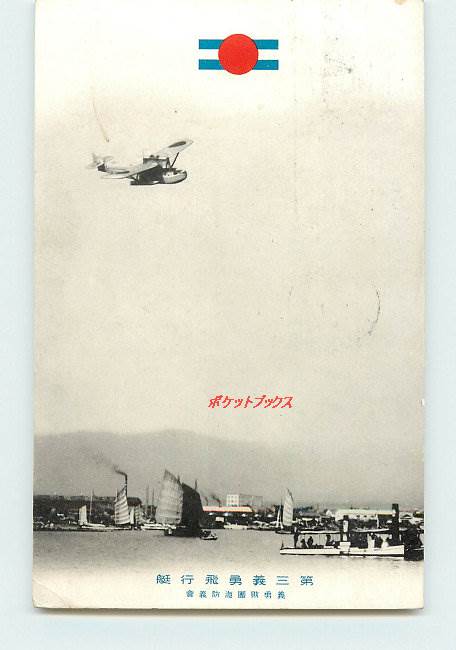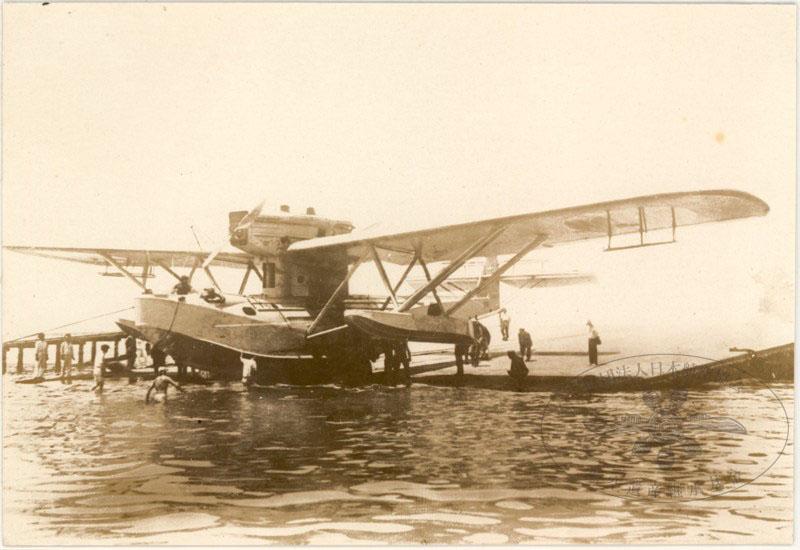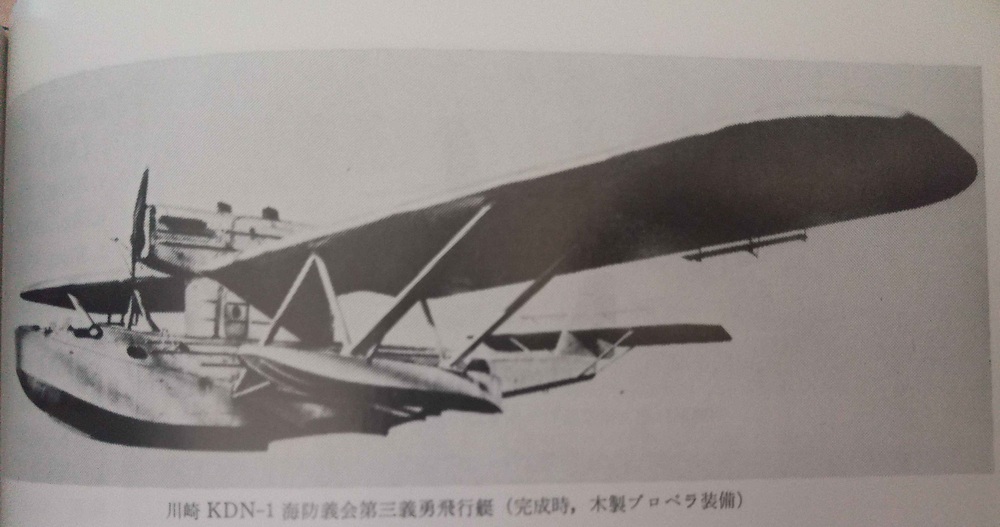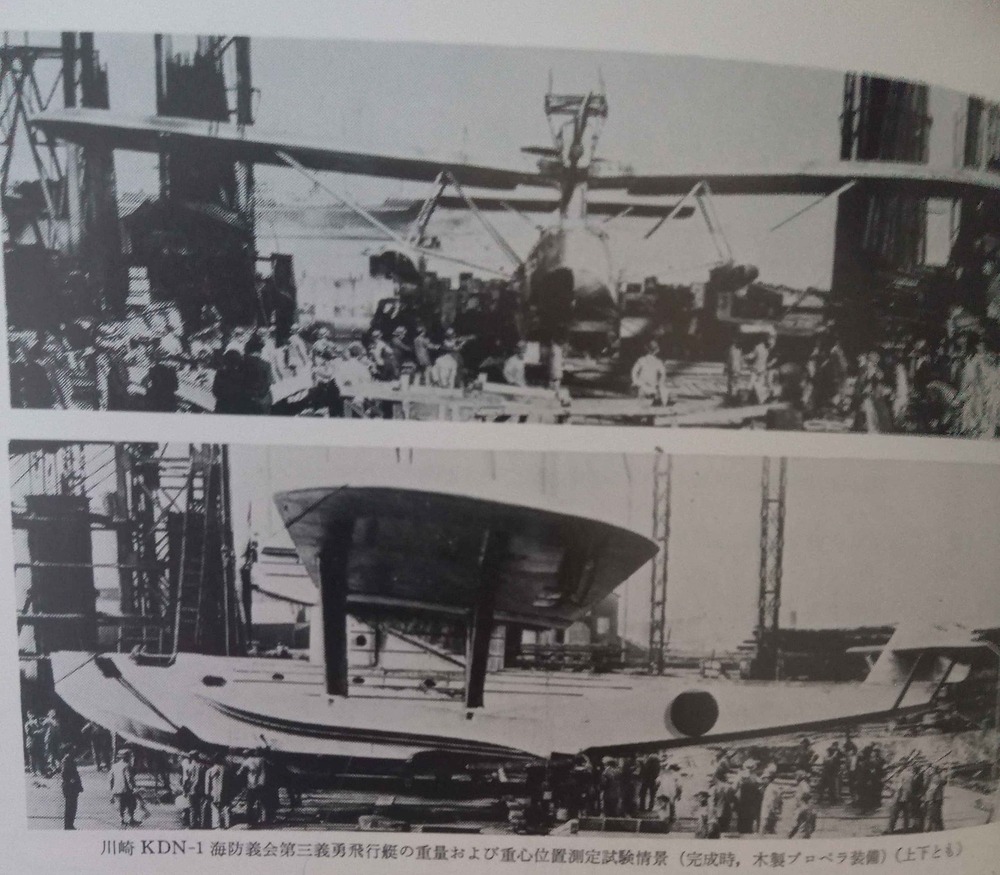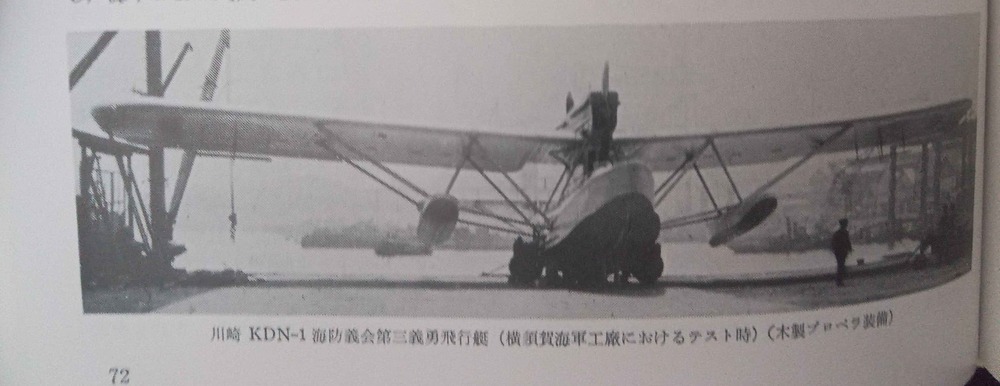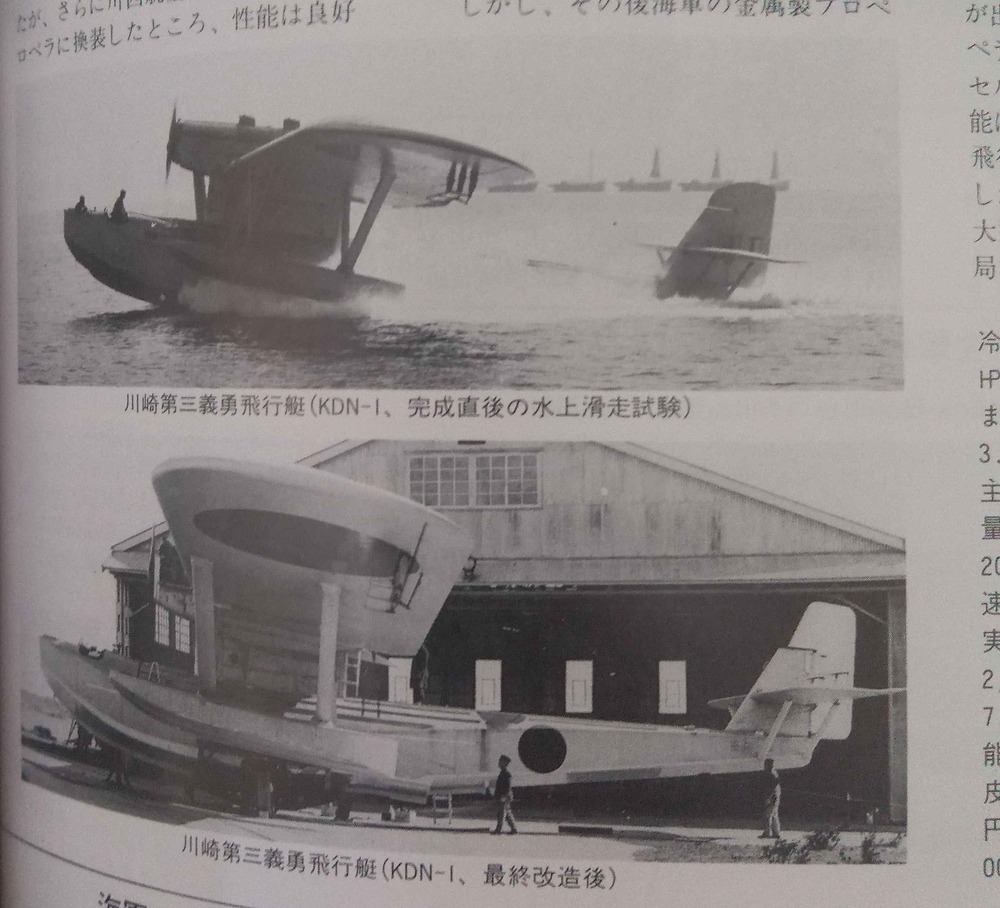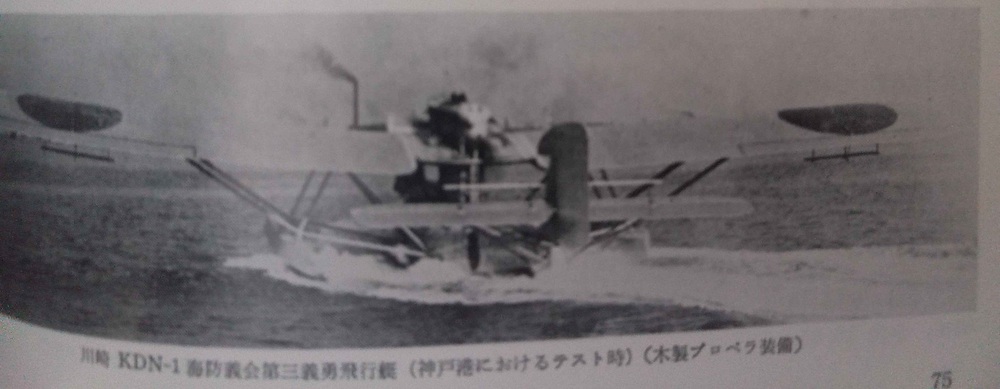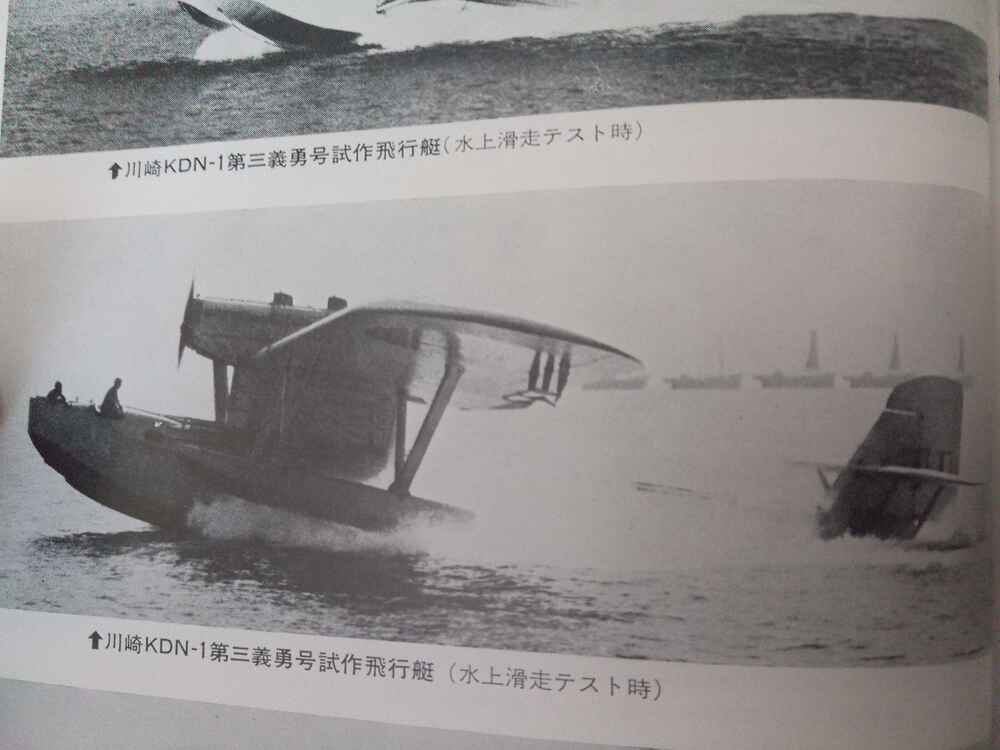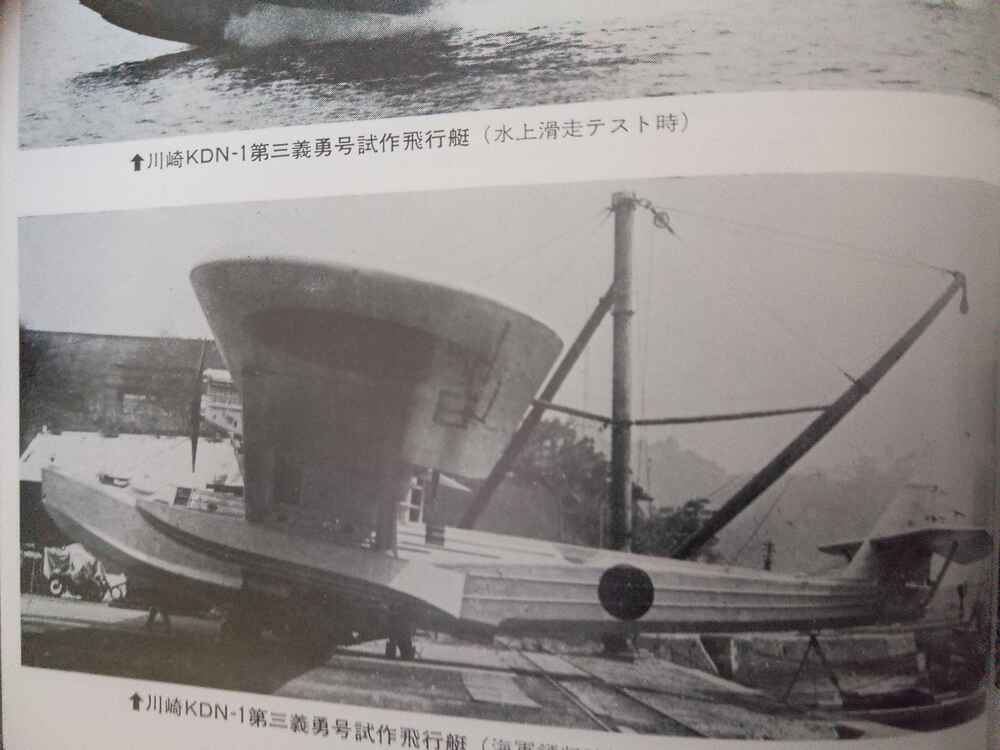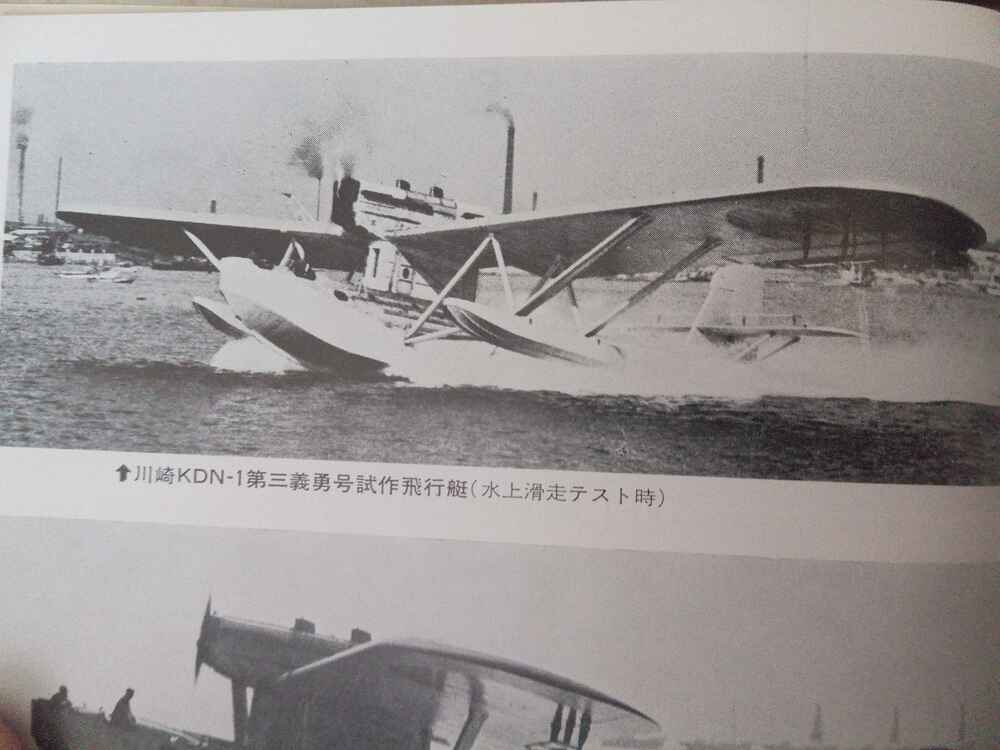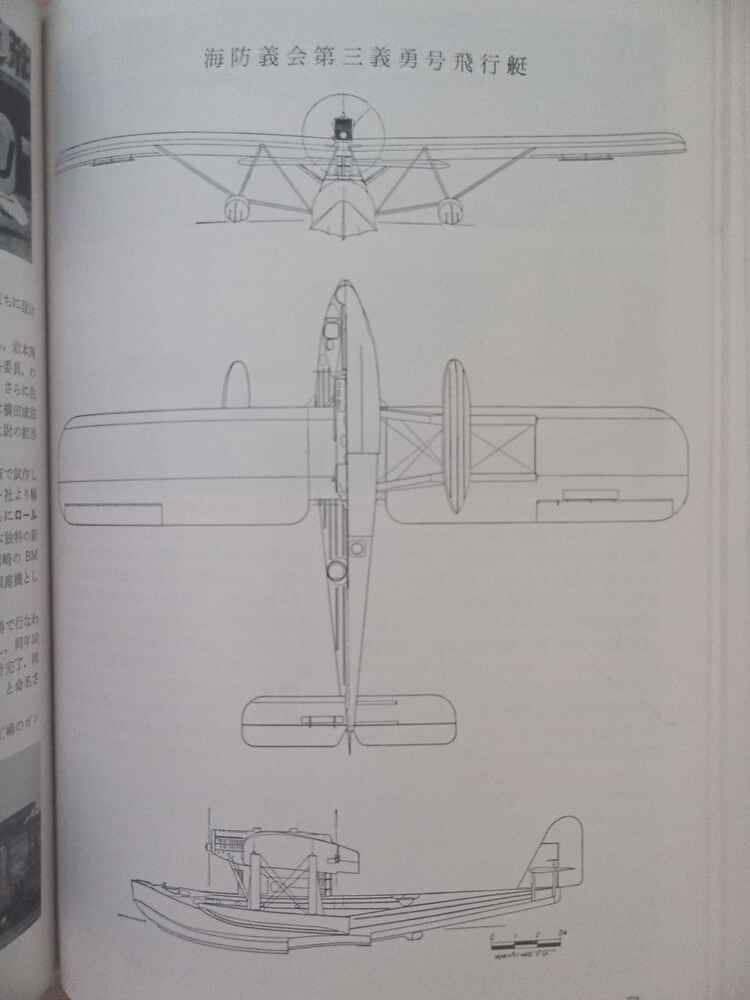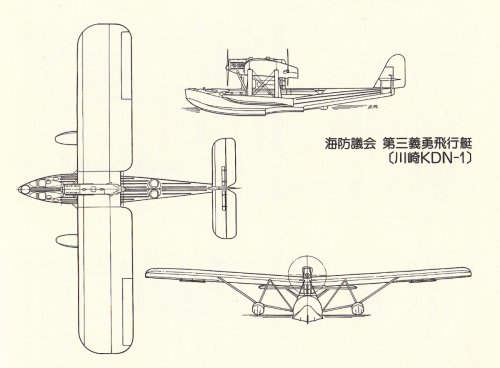- Yes
- No
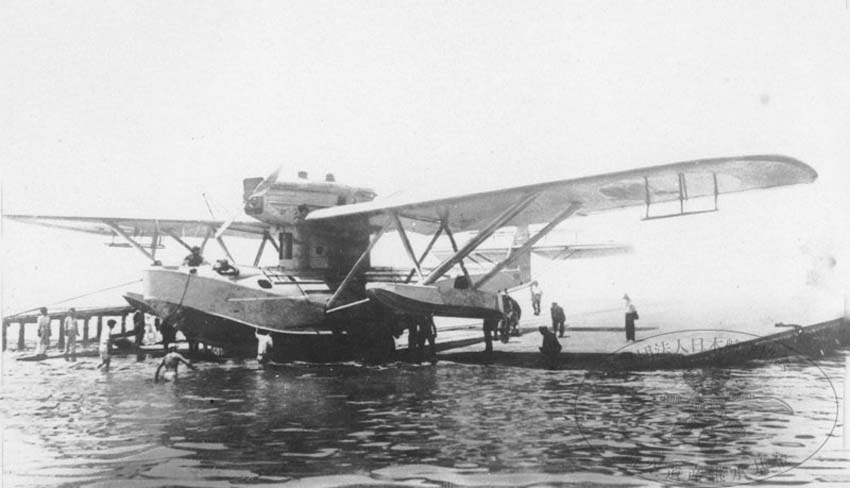
3rd Volunteer Flying Boat (Kawasaki KDN-1) (第三義勇飛行艇)
3. The Kawasaki Flying Boat is a Japanese experimental flying boat that was created in 1928. The seaplane was produced by Kawasaki and had the internal designation Kawasaki KDN-1. The aircraft was in service from 1928 to 1931.
History
In September 1926, the Volunteer Coastal Defense Association (海防義会) decided that it was necessary to create a new large all-metal flying boat to replace the one lost in May 1926, the KB flying boat. To this end, the ‘Investigation Committee for the Design of All-Metal Flying Boats’ (全金属製飛行艇設計調査委員会) was established, composed of sailors and private investors. Engineers Dr. Aikichi Tanakadate and Narihisa Yokota were responsible for the design, supported by Lieutenant Commander Yoshio Hashiguchi from the Naval Air Forces. When the design was completed in mid-1927, production facilities were sought that would agree to build the new flying boat. Kawasaki’s factories decided to seize the opportunity and, in the late 1920s, sought to obtain contracts with the Japanese Navy. When the 3rd Volunteer Flying Boat project reached the Kawasaki factories, it was analyzed by Kawasaki engineers, including Takeo Doi. At that time, probably a couple of improvements to the design were introduced, and the 3rd Volunteer Flying Boat was given an internal designation of Kawasaki KDN-1. Work on the construction of the Kawasaki KDN-1 lasted from October 1927 to November 1928, when the only prototype of the 3rd Volunteer Flying Boat (Kawasaki KDN-1) was completed. For a month, the flying boat was tested off the coast of Kobe by Kawasaki, and then in December 1928 the aircraft was delivered to the Japanese Navy. For the next six months, the aircraft underwent various trials and tests around the Yokosuka naval base. The aircraft performed well on the water; however, it had problems with waves. Additionally, due to the large weight of the 3rd Volunteer Flying Boat (8 tons), the two Kawasaki-BMW VI engines did not have enough power for the aircraft to achieve any remarkable performance in flight. As Takeo Doi later recalled: “The wave resistance was not good. The power of the two installed engines was insufficient, as the aircraft weighed over 8 tons.” (耐波性がよくなかった。機体が8t以上あるため、搭載したエンジン2基の馬力では不十分だった). In May 1929, an accident occurred involving a Japanese prototype naval fighter equipped with metal propellers, and it was decided that all prototype aircraft, including the 3rd volunteer flying boat, would be equipped with wooden propellers. Instead of the metal two-blade propellers, four-blade wooden propellers were installed. It was hoped that this would improve the performance of the 3rd volunteer flying boat, but it turned out that the newly designed propellers, not made for the aircraft, caused vibrations around the engine gondola, leading to a decrease in the aircraft’s performance. For this reason, the 3rd volunteer flying boat was sent to Hiro facilities specializing in the construction of flying boats, where attempts were made to eliminate the adverse vibrations around the engine gondola. Attempts to solve the problem of engine gondola vibrations lasted until 1931 when, due to vibrations and structural fatigue, the 3rd volunteer flying boat was no longer suitable for flight. In May 1931, a decision was made to scrap the 3rd volunteer flying boat at the Hiro factory, and all parts obtained from the scrapping of the flying boat were sent for durability testing to see how the metal flying boat performed after such use. Also, in May 1931, all connections between Kawasaki factories and the Japanese Navy ended.
Construction description
The 3rd Volunteer Flying Boat (Kawasaki KDN-1) is a flying boat with an entirely metal structure in a high-wing configuration. The aircraft is equipped with two auxiliary floats. The crew of the 3rd Volunteer Flying Boat consists of 5 to 10 people in an open cabin and in positions on the nose and tail of the aircraft. The propulsion system of the aircraft includes two Kawasaki-BMW VI engines, a liquid-cooled, twelve-cylinder V-12 engine with a power output of 368-552 kW (500-750 HP) installed on the wing in both pusher and puller configurations. The armament of the 3rd Volunteer Flying Boat consists of three movable 7.7mm machine guns (mounted on the nose, under the fuselage, and on the back). Additionally, the aircraft can carry two 250 kg bombs.
General characteristics
- Crew: 5-10
- Length: 19,972 m
- Wingspan: 29,50 m
- Height: 5,272 m
- Wing area: 141,0 m2
- Empty weight: 5400 kg
- Gross weight: 8600 kg
- Powerplant: 2 × Kawasaki-BMW VI, liquid-cooled twelve-cylinder V-12 engine with a power of 368-552 kW (500-750 hp)
- Propellers: Two-blade metal propeller or four-blade wooden propeller with a fixed pitch angle
Performance
- Maximum speed: 200 km/h
- Cruise Speed: 170 km/h
- Range: 1110 km
- Maximum Range: 3000 km
- Service ceiling: 4500 m
- Climb Rate: ?
- Time to Climb to: 15,5 min to 2000 m
Armament
- Guns:
- 1 x Movable machine gun 7.7mm on the nose (Vickers or Lewis)
- 1 x Movable machine gun 7.7mm in the dorsal position (Vickers or Lewis)
- 1 x Movable machine gun 7.7mm in position on the belly (Vickers or Lewis)
- Bombs:
- 2 x 250 kg bombs
Special thanks
Summary
The 3rd volunteer flying boat (Kawasaki KDN-1) is an interesting flying boat for Japan in War Thunder. This aircraft would be an intriguing flying boat from the lowest era, providing good defensive capabilities and bombing attack potential. Additionally, I would like to mention an interesting fact that in 1928, it was the largest aircraft in Japan. The 3rd volunteer flying boat is great for a premium aircraft or event. I encourage you to discuss in the comments and to share your own knowledge on this subject.
Finally, I apologize for the linguistic and logical errors because unfortunately English is not my main language and I had to use google translator.
Internet sources
第三義勇飛行艇 - Wikipedia
Kawasaki KDN-1 naval flying boat | Secret Projects Forum
Experimentální létající člun Giju č. 3 : Ostatní
Уголок неба ¦ Kawasaki Giyu No.3
第三義勇飛行艇・海防義会・帝国飛行協会 | 東京大学 先端科学技術研究センター
Book sources
- Mikesh, Robert C.; Abe, Shorzoe (1990).Japanese Aircraft, 1910-1941 page 150-151
- The Xplanes of Imperial Japanese Army and Navy 1924-45 page 163
The Xplanes of Imperial Japanese Army and Navy 1924-45 | PDF - 日本航空機辞典 1910年(明治43年)~1945年(昭和20年) 上巻 (Encyclopedia of Japanese Aircraft 1910 (Meiji 43) – 1945 (Showa 20), Volume 1) page 163
- 野沢正『日本航空機総集 川崎篇』出版協同社, page 72-75

Thank you for reading the suggestion, see you in the next one. Good luck pilots

